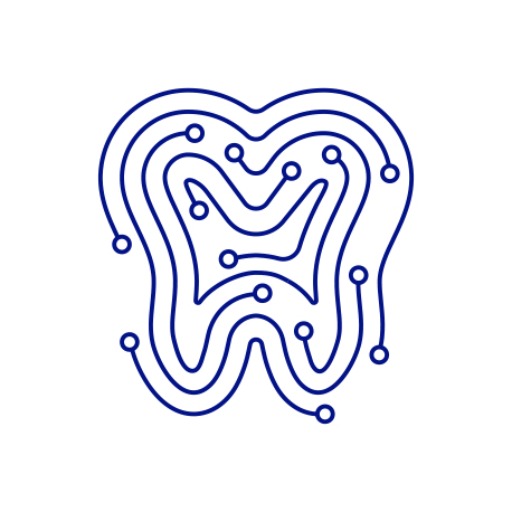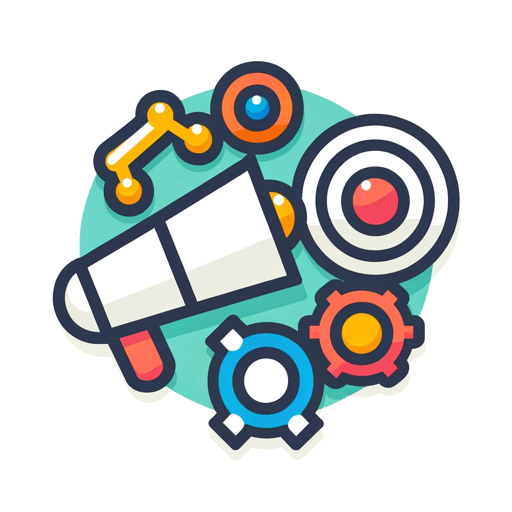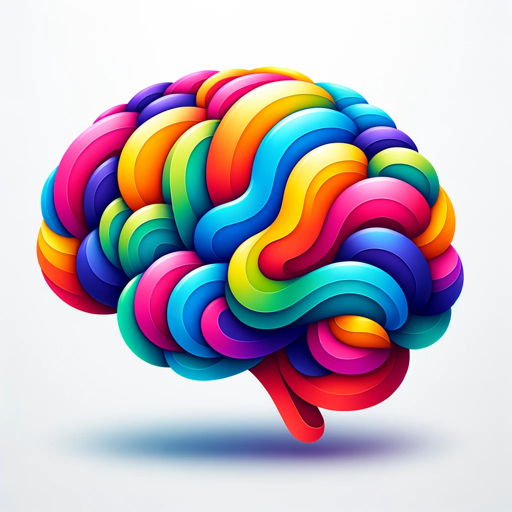OptiSmile Dental Notes-AI dental charting tool
AI-powered dental charting & treatment planning
enter notes
Related Tools
Load More
SOAP Therapy Notes
The Mental Health Therapy SOAP Note Generator is designed to assist therapists in efficiently creating accurate and comprehensive SOAP notes, enhancing the quality of mental health care documentation while respecting client confidentiality. Use at own di

Doctor SOAP Note
I create detailed, evidence-based SOAP notes for medical records.

Progress Notes AI™
Enhances therapist note-taking with less repetition, proper structure, and clinical precision.

Dental GPT
AI Assistant for Answering Dental Questions

Medical Notes
Write Excellent Medical Notes

【當代牙醫】牙科秘書(微調中)
可以回答關於人工植牙,牙周病,學齡(前)篇,舒眠麻醉,根管治療,貼片與全瓷冠,齒顎矯正,居家美白與氟托,水雷射牙周…及衛教相關資訊。
20.0 / 5 (200 votes)
Introduction to OptiSmile Dental Notes
OptiSmile Dental Notes is a comprehensive tool designed for dental professionals to streamline the process of patient examination, record-keeping, and communication. It serves as an intelligent assistant that supports dentists and their teams by providing an efficient way to document dental exams, track treatment plans, and ensure clear communication with patients. The system is built with precision to follow dental notation systems (such as FDI notation) and incorporate specific procedures or restorations performed. Its design also integrates detailed treatment fee structures, helping dental teams maintain consistency and accuracy in their records. For example, during an examination, a dentist can quickly document the condition of a patient's teeth, suggest treatments, and automatically pull the corresponding fees from a predefined list. This ensures that both clinical and financial aspects are handled seamlessly, reducing the chances of miscommunication or errors in billing.

Main Functions of OptiSmile Dental Notes
Dental Examination Documentation
Example
A dentist is examining a patient and observes decay in tooth #18 and a filling in tooth #26. OptiSmile Dental Notes allows the dentist to log these findings using FDI notation and includes any current restorations or conditions for easy reference.
Scenario
During routine check-ups or initial assessments, the dentist inputs observations directly into the system, recording the condition of each tooth (from tooth #18 to #28 and from #38 to #48). This helps in building a complete record that can be referred to for future appointments.
Treatment Planning and Cost Calculation
Example
A dentist recommends a resin filling for tooth #24 with two surfaces involved. OptiSmile automatically pulls up the corresponding fee of R1,937.00 from the treatment fee database.
Scenario
In a scenario where a patient requires multiple treatments (e.g., fillings, crowns, and root canals), the dentist can enter the treatments and the system generates a clear breakdown of costs. This aids in financial planning and transparent communication with the patient.
Patient Communication and Summary Email
Example
After completing the dental assessment for a patient, the system prepares a summary of the treatment plan, organized by quadrants (e.g., tooth #18 to #11). This summary can be sent as an email to the patient for reference.
Scenario
Once the examination is complete, the dentist uses the pre-generated summary to communicate with the patient about the findings and the recommended next steps. The email format is professional yet patient-friendly, ensuring the patient understands their dental condition and the proposed treatments.
Ideal Users of OptiSmile Dental Notes
General Dentists and Dental Practices
OptiSmile Dental Notes is ideal for general dental practitioners and small to medium-sized dental clinics that require a streamlined system for documenting patient cases, tracking treatments, and managing costs. Dentists benefit from a structured way to record observations during exams and recommend treatments based on accurate dental charting. The tool is particularly useful in busy practices where time efficiency and record accuracy are crucial.
Prosthodontists and Specialized Dentists
Specialists like prosthodontists who perform complex restorations (e.g., crowns, bridges, and implants) also benefit from OptiSmile Dental Notes. The ability to integrate detailed treatment plans, including lab services and associated costs, helps these professionals maintain thorough records while ensuring they provide patients with clear, transparent treatment options and pricing.

How to Use OptiSmile Dental Notes
1. Visit aichatonline.org
Go to the site for a free trial without requiring a login or needing ChatGPT Plus. This allows users to access the tool and test its functionalities immediately.
2. Gather patient details and dental records
Ensure you have all relevant dental charts, patient history, and the examination details required for documentation.
3. Input examination findings and treatment plans
During the dental examination, use the FDI notation to record observations for teeth #18 to #28 and #38 to #48, noting restorations, conditions, and treatment plans.
4. Use suggested treatment fees
Consult the fee table provided in the tool for accurate pricing of various dental treatments. This ensures consistency when communicating costs to patients.
5. Review and export data
Once all information is entered, review the completed dental notes for accuracy. You can export or share the detailed chart with the dental team or patient.
Try other advanced and practical GPTs
Marketing
AI-powered marketing for smarter campaigns

Geometry
AI-powered tool for geometric solutions.

成满
Your AI-Powered Expert for Any Task

Maudy SEO
AI-Powered SEO Insights for Better Rankings

輕鬆建立 SSL/TLS 自簽憑證
AI-powered tool for easy SSL/TLS certificate creation.

Quantitative Analysis
AI-powered insights for data-driven decisions

Spock
AI-powered tool for precise, rapid answers.

Schema Markup Master
AI-powered schema creation for better SEO

AP Biology Professor
AI-powered learning for AP Biology success

Hot Tub
AI-powered advice for hot tub care

Opos GPT
AI-powered exam preparation tool.

Niche Genius
AI-powered design insights for any niche.

- Treatment Planning
- Patient Management
- Dental Charting
- Fee Estimation
- Clinical Reporting
Common Questions about OptiSmile Dental Notes
What is OptiSmile Dental Notes used for?
OptiSmile Dental Notes is a tool designed to streamline dental examinations by recording observations, treatments, and fees. It supports dental professionals in creating detailed, accurate dental charts using FDI notation.
How does OptiSmile handle treatment recommendations?
OptiSmile Dental Notes automatically suggests treatments based on the conditions noted during examinations, and it provides corresponding treatment fees, ensuring consistent and accurate patient communication.
Can I use OptiSmile without prior dental software experience?
Yes, OptiSmile is user-friendly, and no prior experience with dental software is required. The tool guides you through recording dental observations and treatments step-by-step.
Does OptiSmile Dental Notes support FDI notation?
Yes, OptiSmile uses FDI notation for mapping teeth and dental conditions, ensuring standardized and internationally recognized dental charting.
How do I review and share the completed dental records?
After entering all examination data, you can review the chart for accuracy and export it for patient communication or sharing with other dental team members.